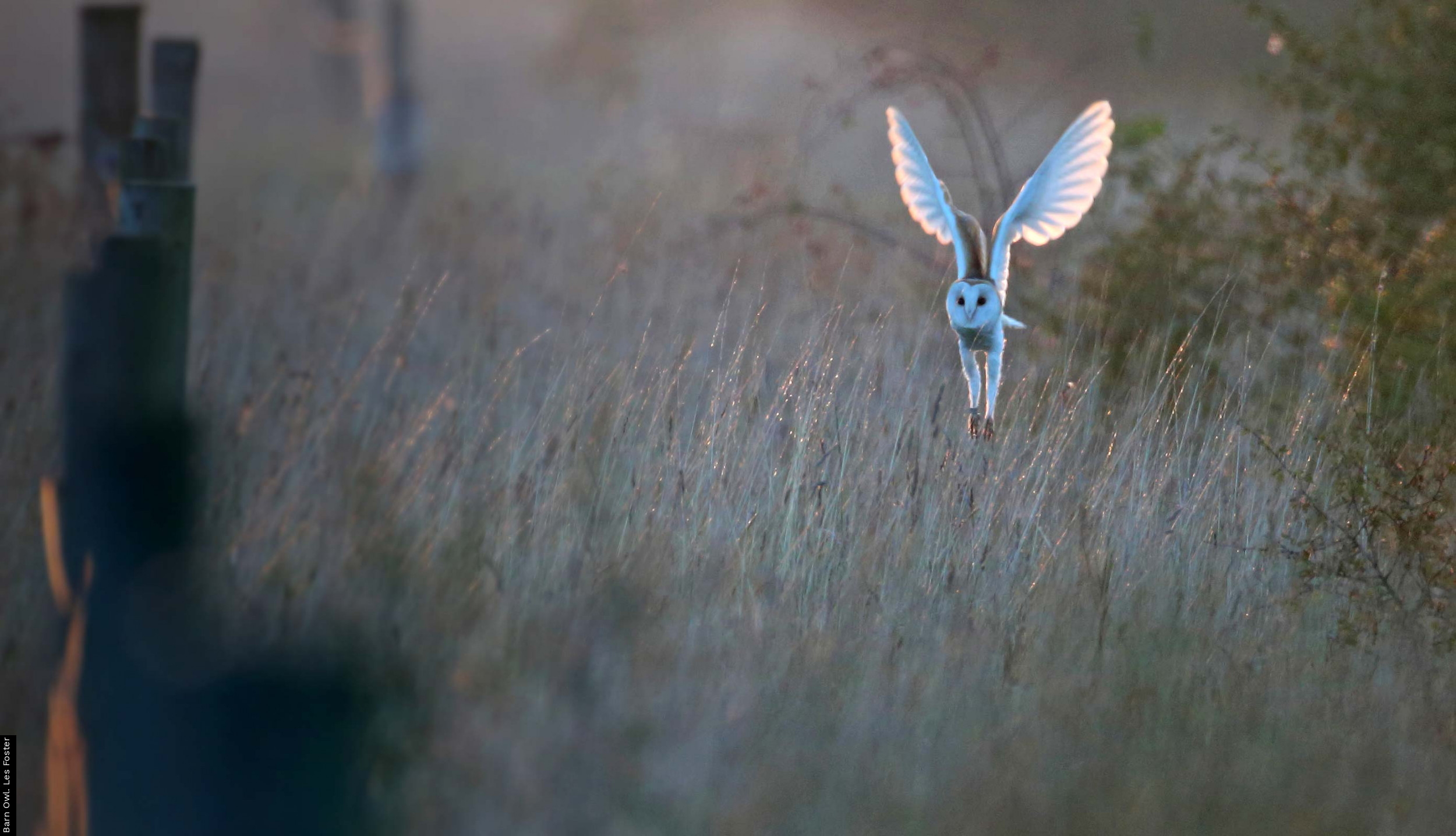Motacillidae - Wagtails
Wagtails and pipits are small slender birds of open country, characterised by an elongated body, relatively long legs and long toes - often with extended hindclaws. They forage largely on the ground (many species in association with livestock) on small insects. All species use a song-flight to advertise their territories and court mates; male pipits ascending to 100m or more in the air before 'parachuting' back down to earth - singing loudly all the while. Most species occurring in Europe and Asia are migratory to some extent.
Pipits are usally streaky brown in colour with paler underparts; the sexes being similar in colour. The wagtails are generally more colourful, often some combination of black, white or yellow, with long tails, which usually wag up and down in a characteristic fashion; and females are usually duller than males. Both sexes will defend a territory, spending up to three hours each day in song-flights. The nest is usually a small scrape in the ground, protected on a least one side by a small ridge, or overhanging vegetation. Outside of the breeding season they are more gregarious, particularly the wagtails who frequently gather in winter roosts of thousands. Pipits tend to gather in smaller flocks in the winter (typically 20-30), but both groups will migrate in large flocks, usually at night.
The Pied Wagtail is almost ubiquitous in Britain, while the Grey Wagtail is associated with fast-flowing streams. The Meadow Pipit is the commonest bird in upland areas.
Regularly Occurring Species
Tree Pipit
Meadow Pipit
Rock Pipit
Water Pipit
Yellow Wagtail
Grey Wagtail
Pied Wagtail
Occasional Visitors
Richard's Pipit
Blyth's Pipit
Tawny Pipit
Olive-backed Pipit
Pechora Pipit
Red-throated Pipit
Buff-bellied Pipit
Citrine Wagtail






Share this page